How to Address the Challenges in Deepwater Drilling
Deepwater drilling has become more and more important in meeting global energy demands by unlocking vast oil and gas reserves located beneath the ocean floor. However, operating in extreme offshore environments presents various technical, environmental and economic challenges. To ensure safe and successful operations, oil and gas companies must implement effective strategies that address these challenges head-on. This article explores the most practical and innovative strategies for addressing deepwater drilling difficulties.
Understanding Deepwater Drilling
Deepwater drilling refers to the process of extracting oil and gas from reservoirs located beneath the ocean floor at significant depths, often over 1,500 meters of water. This complex and high-risk operation requires specialized technology and equipment to navigate extreme environmental conditions, such as high pressure and low temperatures, as well as unpredictable geological formations. Key components of deepwater drilling include the use of subsea blowout preventers (BOPs), advanced drilling rigs, and remotely operated vehicles (ROVs) for well control and monitoring.
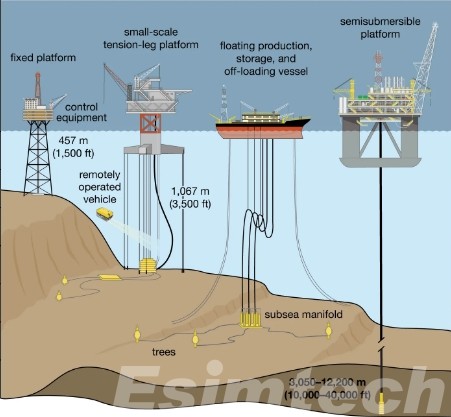
Challenges in Deepwater Drilling
This chart encapsulates the multifaceted challenges of deepwater drilling along with the corresponding impacts that these challenges have on operations, safety, environmental responsibility and cost.
| Category | Challenges in Deepwater Drilling | Impact |
| Environmental Conditions | Extreme water depths, high-pressure, high-temperature zones | Increases risk of well control incidents, higher equipment wear, and operational delays due to harsh conditions. |
| Geological Challenges | Unpredictable formations, complex geological structures | Difficulty in predicting formation behavior, leading to potential wellbore instability and non-productive time (NPT). |
| Equipment Reliability | Risk of equipment failure, wear and tear of subsea systems (BOPs, risers) | Potential for costly downtime, safety risks, and delays in production. Equipment failure could lead to catastrophic consequences. |
| Safety Risks | Well blowouts, well control incidents, and human error | Increased risk of loss of well control, environmental pollution, and harm to personnel. |
| Logistical Constraints | Long transportation times, harsh weather, and limited offshore storage | Difficulty in maintaining supply chains, potential delays in operations, and higher operational costs due to the need for specialized transportation. |
| Cost Management | High capital expenditure, expensive materials and equipment, and downtime | Increased project costs, reduced profitability, and potential delays in project timelines. |
| Regulatory and Compliance | Strict environmental regulations, safety protocols, and licensing requirements | Delays in obtaining permits, additional compliance costs, and possible legal liabilities if regulations are not met. |
| Operational Complexity | Difficulty in managing remote operations, limited access to equipment | Increased coordination complexity, reliance on remote operations, and difficulty in troubleshooting problems in real-time. |
| Environmental Protection | Risk of spills, contamination, and damage to marine ecosystems | Environmental damage could lead to costly cleanups, legal consequences, and reputation damage. |

Strategies for Addressing the Challenges in Deepwater Drilling
1. Robust Well Design and Construction
In deepwater operations, wellbore integrity is critical due to extreme pressure and temperature conditions. To prevent blowouts, collapse, and other failures, engineers must implement robust casing and cementing programs. This includes the use of high-strength, corrosion-resistant materials and multi-barrier systems that ensure long-term structural integrity. Intelligent well completions with remote monitoring capabilities further enhance safety and control.
2. Adoption of Advanced Drilling Technologies
High-pressure, high-temperature (HPHT) formations and unpredictable geologies require next-generation drilling tools.
- Managed Pressure Drilling (MPD) allows precise control of annular pressures to avoid kicks and wellbore instability.
- Rotary Steerable Systems (RSS) enhance directional drilling accuracy, minimizing the risk of drilling through unstable formations.
- Intelligent Drill Bits equipped with sensors optimize performance and reduce wear.

3. Real-Time Data Monitoring and Predictive Analytics
The ability to monitor drilling operations in real time has revolutionized risk management. By deploying advanced sensors, digital twins, and remote operations centers, companies can detect anomalies early, predict equipment failures, and make timely decisions. Real-time data helps optimize drilling parameters, minimize formation damage, and improve safety outcomes across the board.
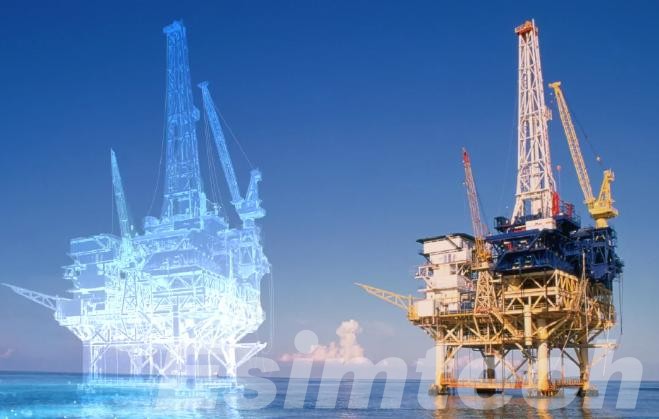
4. Reliability of Subsea Equipment and Systems
Subsea equipment must perform flawlessly in deep and remote environments. Blowout preventers (BOPs), risers, and subsea control modules must be designed for durability and redundancy. Regular inspections using Remotely Operated Vehicles (ROVs) and Autonomous Underwater Vehicles (AUVs), combined with condition-based maintenance strategies, ensure that systems remain operational and efficient throughout the project lifecycle.
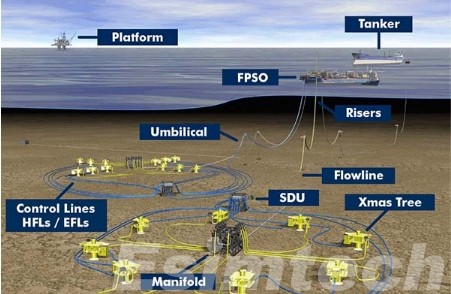
5. Optimized Offshore Logistics and Supply Chain Management
Logistical operations in deepwater drilling are highly complex due to long distances from shore, harsh weather, and limited storage. Digital logistics platforms and predictive maintenance scheduling are used to streamline operations. Supply vessels and helicopters must be carefully coordinated to ensure the timely transport of personnel, equipment, and materials, reducing downtime and operational costs.
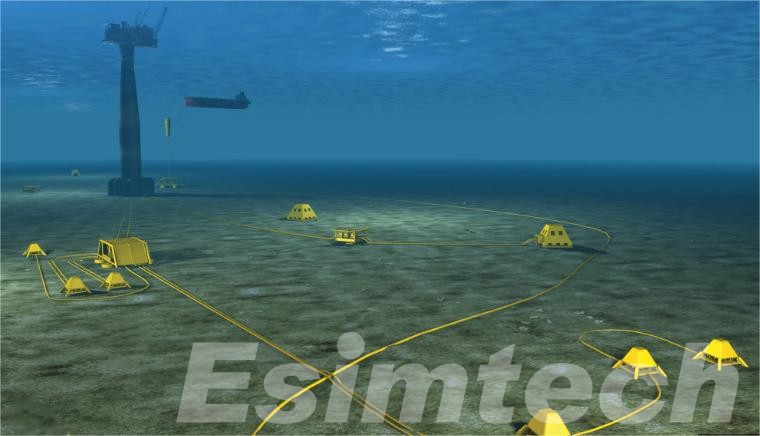
6. Strengthening Safety Culture and Training
A strong safety culture is essential in mitigating risks in offshore drilling. Comprehensive training programs that incorporate simulation and virtual reality prepare crews for emergency scenarios. Regular safety drills, knowledge-sharing platforms, and safety leadership initiatives further reinforce safe practices and reduce the incidence of human error.
7. Environmental Compliance and Risk Mitigation
Environmental stewardship is a critical component of deepwater drilling. Operators must conduct environmental impact assessments (EIAs), implement spill prevention systems, and adhere to international environmental standards. Investing in containment systems, such as capping stacks and rapid response vessels, ensures preparedness in case of spills or other environmental incidents.
8. Innovation Through Collaboration and Research
The deepwater sector continues to evolve through collaborative innovation. Joint Industry Projects (JIPs), academic partnerships, and shared technology platforms foster innovation and cost-sharing. These collaborations drive the development of new materials, enhanced drilling methods, and more sustainable practices, enabling the industry to tackle increasingly complex deepwater challenges.
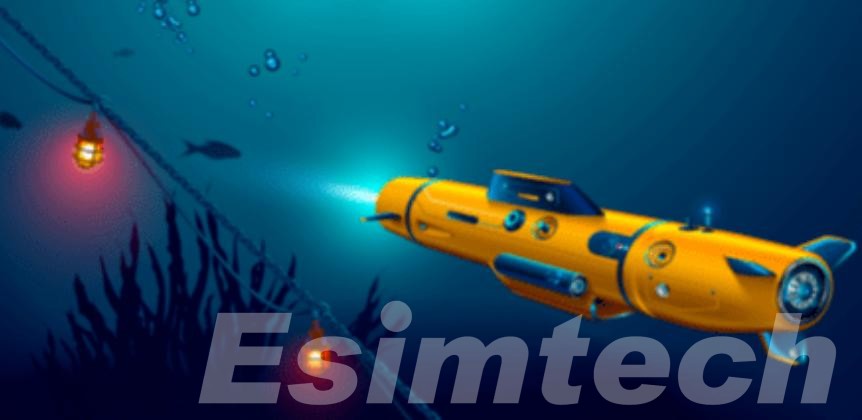
How Simulation Technologies are Used for Addressing the Challenges in Deepwater Drilling
Simulation technologies are indispensable in overcoming the multifaceted challenges of deepwater drilling. From well planning and real-time operations to equipment reliability, crew training, and environmental protection, oil and gas simulations enable operation with greater precision, safety, and efficiency.
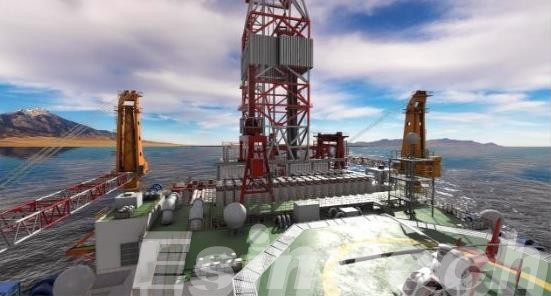
- Enhancing Well Planning and Design
One of the primary uses of simulation technology in deepwater drilling is during the well planning and design stage. Engineers use advanced geomechanical and fluid dynamics simulations to model subsurface formations, identify high-pressure zones, and assess the behavior of drilling fluids under various temperature and pressure conditions. These simulations allow for the optimization of casing design, mud weight selection, and well trajectory, helping prevent wellbore instability, kicks, and blowouts. By predicting how the formation will respond to drilling, operators can reduce non-productive time (NPT) and minimize the risk of costly failure.
- Improving Real-Time Drilling Decision-Making
During actual drilling operations, real-time drilling simulators, often integrated into digital twin environments, are used to monitor downhole conditions and adjust drilling parameters on the fly. These simulations process live data from sensors placed throughout the drilling system to provide up-to-date models of the wellbore and formation. This dynamic modeling capability supports decision-making by forecasting pressure changes, fluid behavior, and equipment performance, enabling drillers to respond proactively to hazards such as formation influx or stuck pipe.
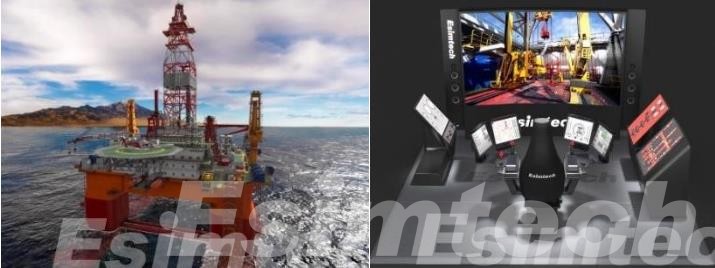
- Optimizing Subsea Equipment Performance
Deepwater drilling involves complex subsea systems like blowout preventers (BOPs), risers, and control modules. Simulation technologies are used to virtually test the mechanical performance and failure modes of these components before deployment. Finite element analysis (FEA), computational fluid dynamics (CFD), and dynamic loading simulations help ensure that equipment can withstand high-pressure, corrosive environments over extended periods. These models also guide maintenance schedules by simulating wear and predicting component fatigue, reducing the likelihood of catastrophic equipment failure.
- Enhancing Crew Training and Operational Readiness
Human error remains a significant risk in offshore drilling. Simulation-based emergency training environments, including full-scale drilling simulators and immersive virtual reality (VR) platforms, are widely used to prepare crews for both routine operations and emergency scenarios. Trainees can practice responses to well control incidents, equipment malfunctions, or evacuation procedures in a controlled, repeatable setting. This not only builds technical competence but also strengthens decision-making under pressure, which is crucial in high-risk offshore environments.
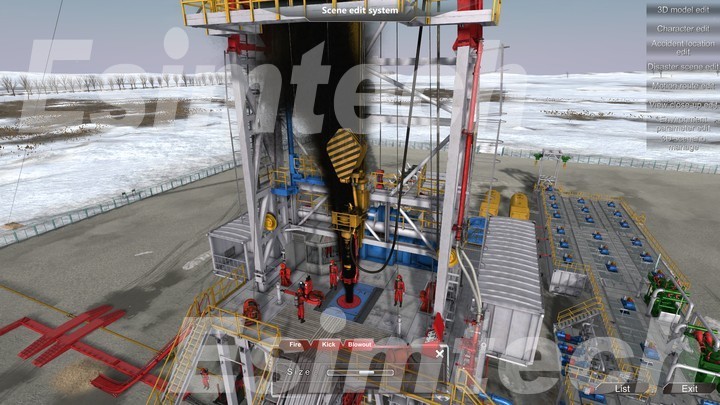
- Supporting Logistics and Marine Operations
The logistical demands of deepwater projects are vast, involving the coordination of supply vessels, helicopters, and offshore personnel. Simulation tools are employed to model and optimize these logistics, particularly in planning for adverse weather conditions or emergency response scenarios. Marine traffic simulations and weather routing models help operators anticipate disruptions, manage inventory, and maintain continuous operations without compromising safety.
- Promoting Regulatory Compliance and Environmental Safety
Regulatory bodies often require proof of risk mitigation measures and environmental impact assessments before granting drilling approvals. Simulation models can be used to demonstrate the integrity of well designs, validate emergency response plans, and model potential spill trajectories. This helps operators meet strict environmental and safety regulations while also preparing for worst-case scenarios with appropriate containment and recovery strategies.
- Driving Innovation Through Scenario Analysis
Finally, simulation technologies allow operators and researchers to test “what-if” scenarios and evaluate the performance of new drilling techniques, materials, and control systems without the need for expensive field trials. This accelerates innovation while reducing financial and environmental risks. For instance, simulations can be used to assess the viability of new riserless drilling methods or the integration of renewable energy sources into offshore rigs.
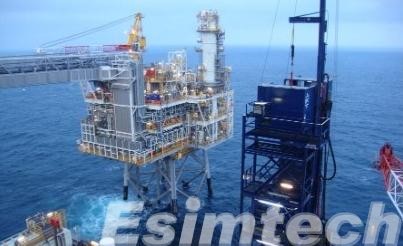
Final Thoughts
Addressing the the challenges of deepwater drilling requires more than just robust equipment and it demands a strategic combination of innovation, technology, safety, and planning. Through adopting these strategies, operators can improve operational performance, reduce environmental risks, and ensure sustainable energy extraction from the challenging offshore environments.]
